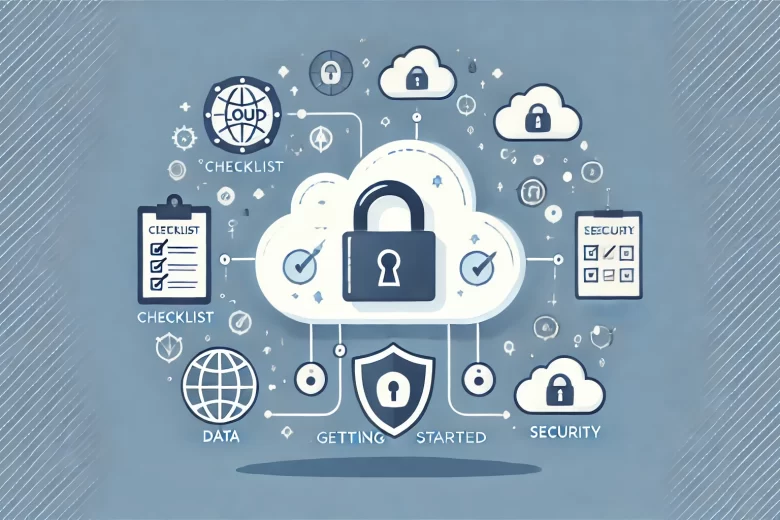TL;DR: Starting with cloud security involves understanding your responsibilities, using strong authentication, encrypting your data, and monitoring your cloud environment. Follow these basic steps to protect your cloud setup from potential security threats.
As more businesses move to the cloud, securing their cloud environments becomes a top priority. Cloud security helps protect data, applications, and systems from threats. If you’re new to cloud security, here are the first steps to take when securing your cloud environment.
1. Understand the Shared Responsibility Model
When using cloud services, security is a shared responsibility between you and the cloud provider. The cloud provider (like AWS, Azure, or GCP) secures the physical infrastructure, while you are responsible for protecting your data, applications, and settings in the cloud.
- Cloud Provider’s Role: They manage the physical security of data centers and the underlying hardware, ensuring that infrastructure is protected.
- Your Role: You are responsible for securing your data, managing access to resources, and configuring settings to minimize security risks.
2. Use Strong Authentication and Identity Management
- Multi-Factor Authentication (MFA): Always enable MFA to add an extra layer of protection for user accounts. Even if someone gets hold of your password, MFA prevents unauthorized access.
- Identity and Access Management (IAM): Set up IAM policies to control who can access your cloud resources. Create specific roles and limit permissions to reduce the risk of breaches.
3. Encrypt Your Data
Encryption is crucial for securing sensitive data. Make sure you:
- Encrypt Data at Rest: This protects stored data, ensuring it remains unreadable even if accessed by unauthorized users.
- Encrypt Data in Transit: This ensures that data moving between your systems and the cloud remains secure.
Most cloud providers offer easy-to-use encryption tools like AWS Key Management Service (KMS), Azure Key Vault, and GCP’s Cloud Key Management.
4. Monitor Activity with Logging Tools
Monitoring what happens in your cloud environment is key to identifying security issues early. Each cloud provider offers logging and monitoring tools:
- AWS CloudTrail: Logs every action taken within your AWS environment, making it easy to track activities and spot suspicious behavior.
- Azure Monitor: Provides a detailed view of your resources and helps you track performance and security.
- GCP’s Cloud Audit Logs: Tracks all administrative activities, helping you keep an eye on who accesses your resources.
5. Implement Network Security
Network security helps protect your cloud environment from external threats:
- Firewalls: Use virtual firewalls to control traffic to and from your cloud environment. AWS has Security Groups, Azure uses Network Security Groups, and GCP has VPC firewall rules.
- DDoS Protection: Set up DDoS protection to prevent attacks that overload your systems. AWS, Azure, and GCP all offer services to defend against these types of attacks.
Conclusion
Starting with cloud security may seem overwhelming, but by following these basic steps, you’ll be well on your way to securing your cloud environment. Understand your responsibilities, use strong authentication, encrypt your data, monitor activity, and protect your network. With these tools in place, your cloud environment will be much safer from potential threats.


